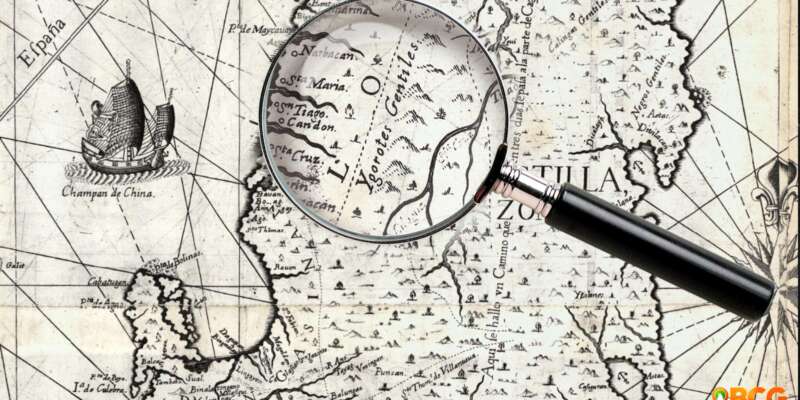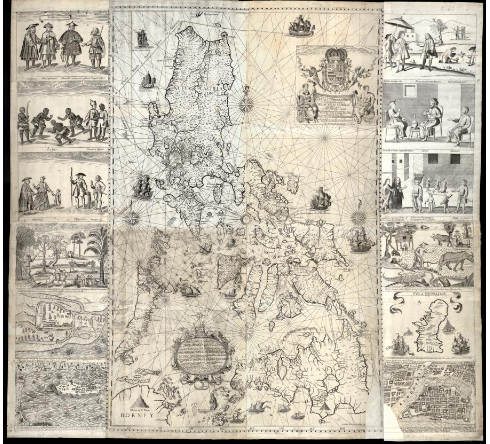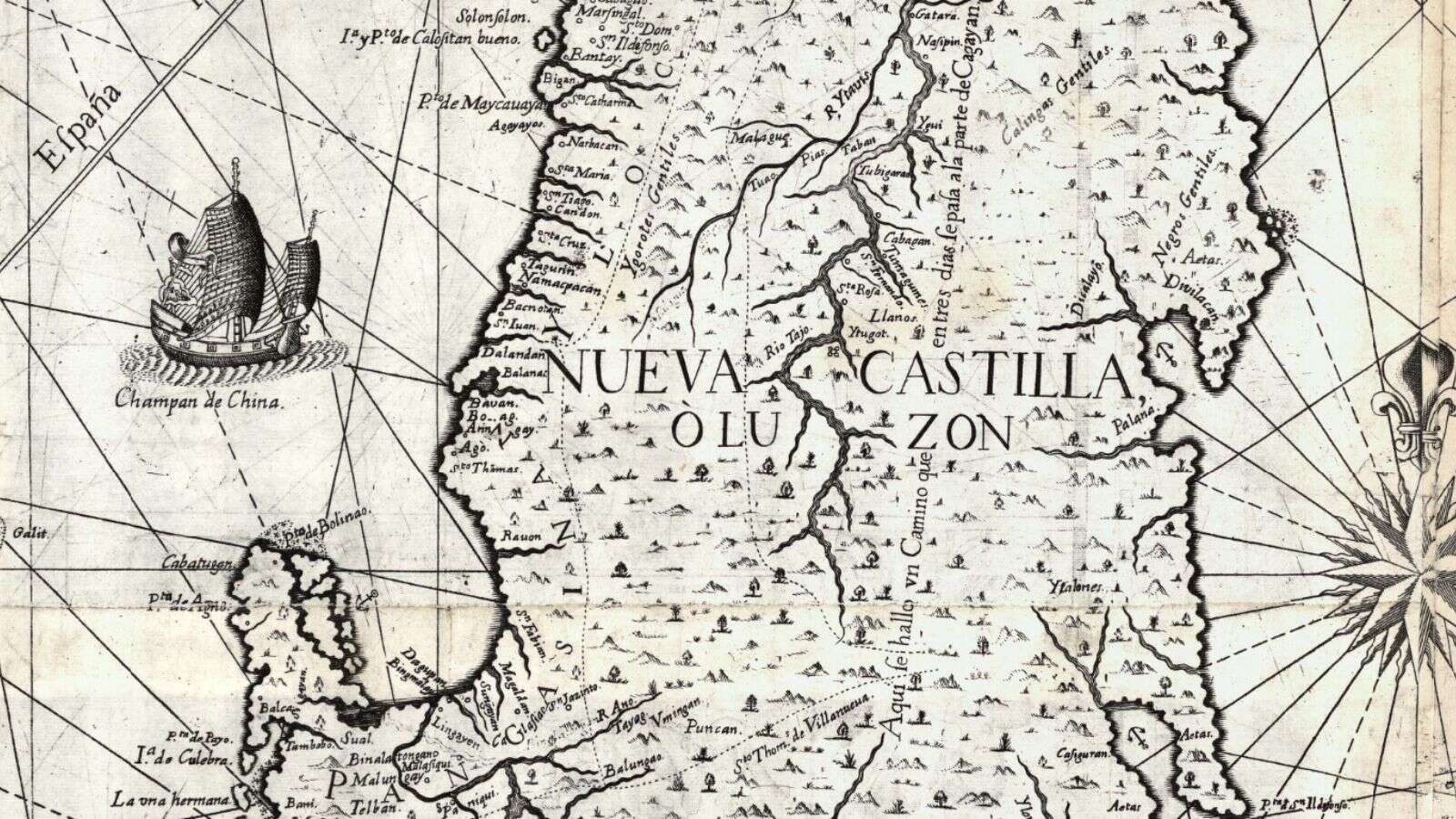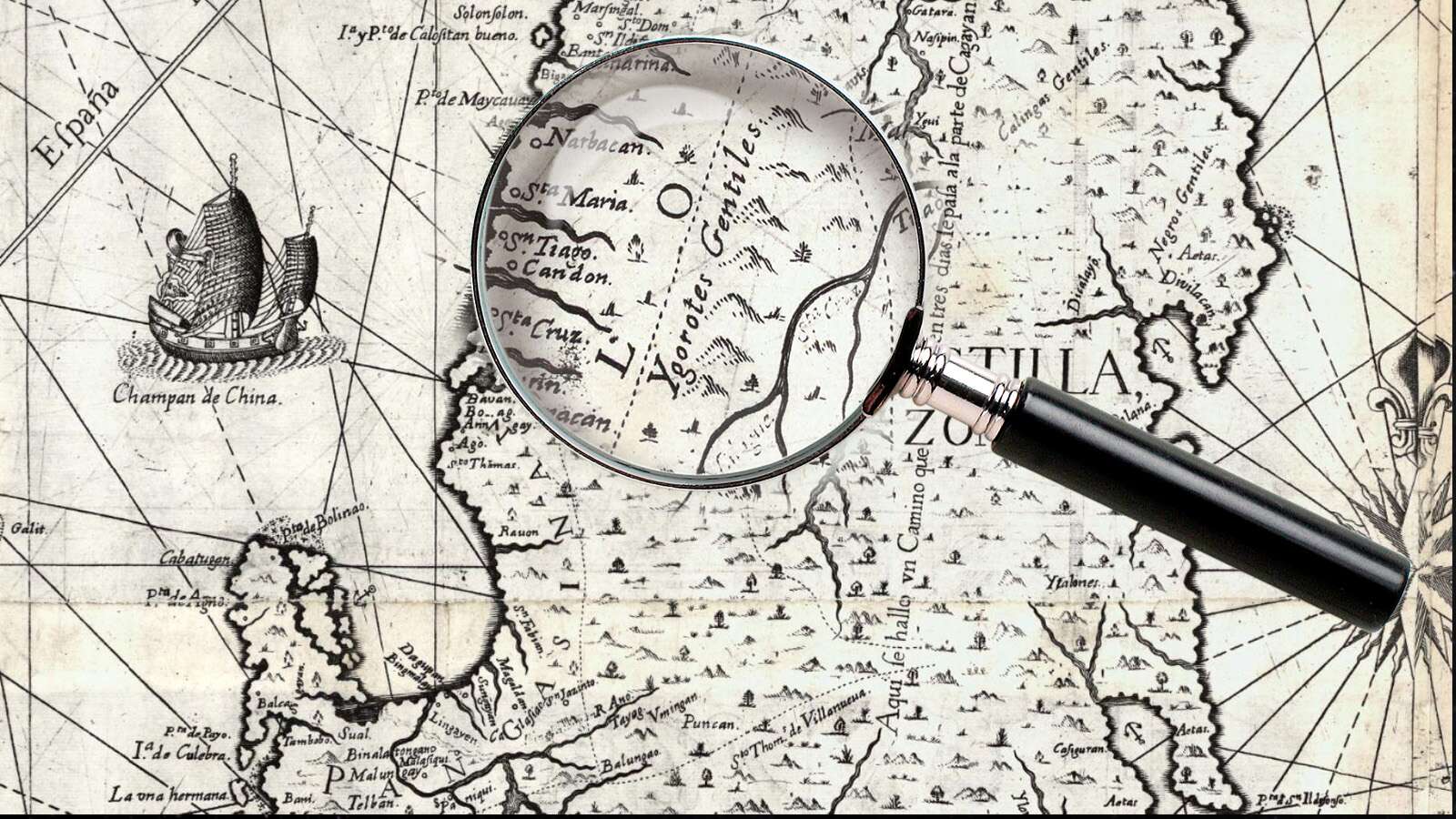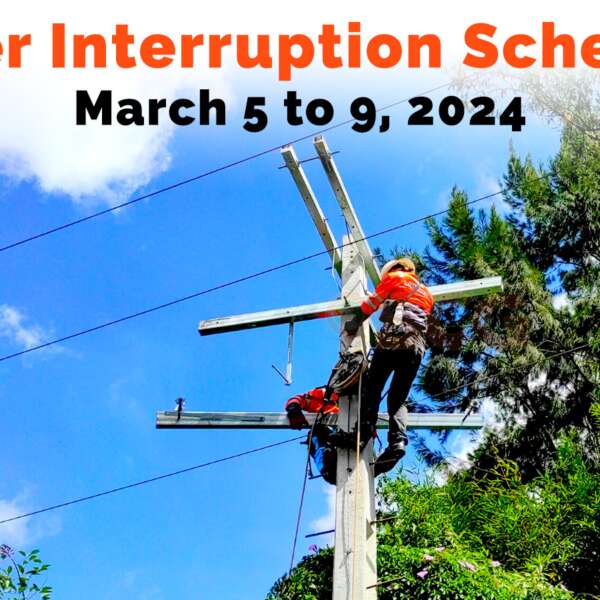The Cordilleras Didn’t “Exist” in this 1734 Philippine Map; Here’s Why
The Velarde map, known as the “Mother of all Philippine Maps,” reveals a great deal about the Philippines in the 18th century, as well as the perspectives of its Spanish creators. One aspect of the map that is particularly intriguing is the representation, or rather the lack of representation, of the Cordillera region, where present-day Baguio City, Benguet, and the Mountain Province are located.
How do you feel about this?
Happy
0
Sad
0
Shocked
2
Not Sure
3

